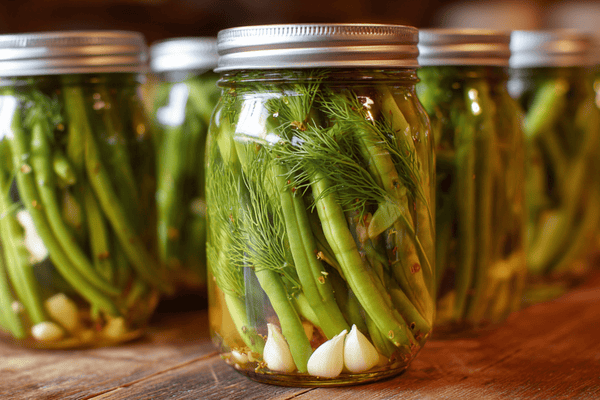
There are a lot of different knives that you could add to your kitchen tools collection but none are quite as versatile as the Santoku knife. Hailing from Japan, the quality and clean cuts that this knife offers are far superior to other kinds. But what makes the Santoku knife even more special is how the design is just so that the knife complements itself.
Is that possible? We hear you cry….allow us to explain as we put the spotlight on the Santoku knife...
Table of contents
A Short History of the Santoku Knife
When you think of Japanese knives, you could be forgiven for thinking that a santoku knife is an ancient tool that has been developed over the ages through master forgers. But, what if we told you that the Santoku knife was only invented in the 1940s? Surprised? So were we...But it’s true. Originally, in Japan, there were two main types of knife; the Nakiri knife and the Gyuto knife. The latter was used exclusively for cutting meat while the Nakiri was a knife used primarily for cutting vegetables. Of course, this called for a much more versatile approach and so the santoku knife was born.
Measuring anywhere between 13 and 20 inches, the Santoku knife offers kitchen users the opportunity to tackle a variety of cooking-related tasks. In fact, its very name Santoku Bocho translates to mean three virtues or three uses.
These three uses could be seen in different ways with some people accepting that it means the knife can be used for veggies, fish and meat.
On the other hand, you might agree that the three uses are that the Santoku knife is able to chop, slice and dice. In any case, there is no denying that this is one of the most versatile pieces you’ll ever invest in for your kitchen.
Santoku Knife Design

One of the most remarkable features of the Santoku knife is that it is designed in such a way that the blade and handle work seamlessly with one another. This is a sheepsfoot blade meaning that the cutting edge is far more linear. Unlike some western-style knives, this means that the Santoku knife delivers a straighter cut that relies more heavily on a single downward motion. It means that the knives aren’t typically used for rocking cuts but this doesn’t take away from their versatility.
Santoku knives are made from hardened steel and follow a similar design to the Samurai sword. They are generally much shorter and lighter than other types of knives and have a far smaller blade angle, as is the case with many Japanese designs. Not only does this make them suitable for chopping, slicing and dicing but it also means that you’ll get an incredibly uniform cut for maximum consistency.
What’s more, the Santoku knife is typically only sharpened on one side and this affords the chef far greater control. All of these design features combined mean that the santoku knife is ideal for precision work. But getting it just right will take a little time and practice….so onto the tips…
....Tips For Using a Santoku Knife
It may come as a surprise but using an Eastern knife like the Santoku is vastly different to using a Western knife, like the German knife, for example. But that doesn’t mean that any novice chef cannot get to grips with this.The most important thing to keep in mind is that, as we have mentioned, the Santoku knife is not designed to make rocking cuts. Instead, these knives rely on a straightforward and backward motion.
Holding the Knife Correctly

There are many ways to hold a knife, any chef will tell you that. But it is widely agreed that the best way to hold a Santoku knife is by using a pinch grip. The reason for this is that this type of grip gives you much greater control over the knife as well as improving stability.
All the type of grip requires is for the user to literally pinch the blade with the forefinger and thumb while holding the handle with the remaining fingers.
How To Cut With a Santoku Knife
The great thing about this type of knife is that the thin, lightweight blade will easily glide through various foods, delivering clean, thin slices. This is thanks to the flat nature of the blade meaning that moving the knife forwards and backward is incredibly easy.What we really love about the Santoku knife’s cutting ability is that it gets a lot more contact with the cutting surface. Of course, you will need to practice your consistency but this is great for avoiding that pesky accordion effect. This is when the individual slices of food remain connected at the base by a very thin membrane.
If you practice using a stable sliding technique then you will find that this becomes even less of a problem. Once you get the hang of it, you’ll be able to finely dice an array of foods with very little effort.
Final Thoughts
The Santoku knife is a Japanese kitchen knife that is designed for multiple uses. Having been invented in the 1940s, this has fast become one of the most important staple pieces in kitchens around the world.These knives feature a flat edge and are made from hardened steel making them suitable for chopping, slicing and dicing. But not only do they have this amazing versatility, they are also ideal for chefs who want consistency in their cutting.
Using a Santoku knife may feel a little different to using a typical Western knife, but with a little practice, you’ll soon be chopping your way through all of your favourite ingredients.


